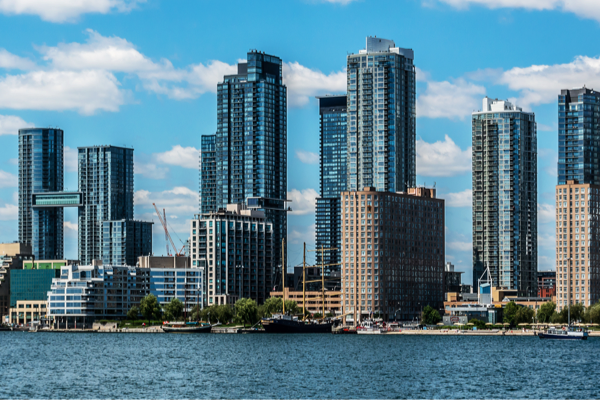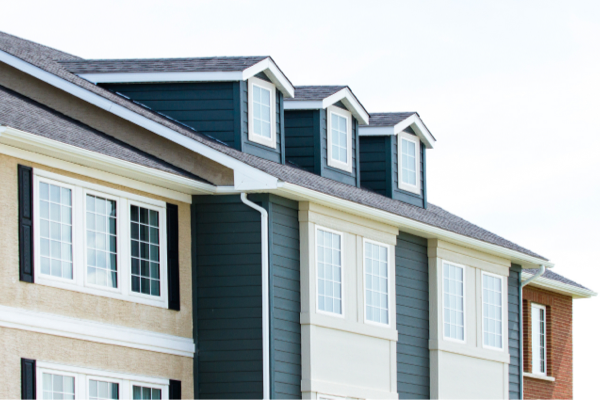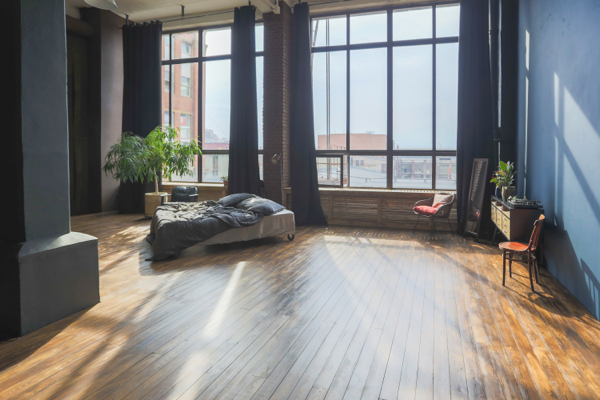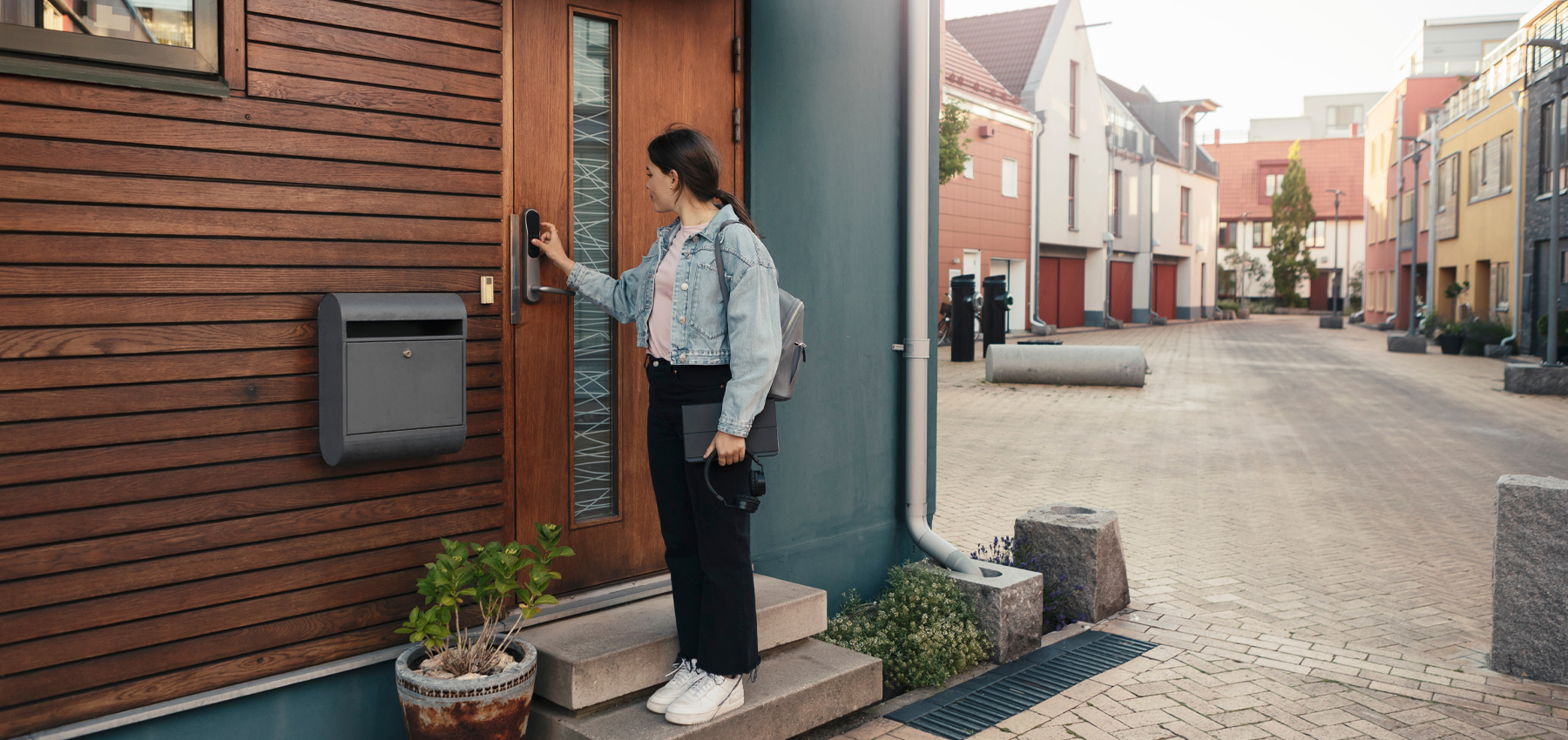So, you’re looking for a home in Canada?
Finding a place to call home is one of the first items to check off your to-do list as a newcomer. Luckily, Canada has a large variety of housing options. Your ultimate choice will depend on your budget, your location, and the needs of your family. Let us help you get started with a breakdown of the housing types available in Canada.

Estimate your monthly expenses with our Cost of Living in Canada Calculator to get a better picture of the types of housing options in your budget.
Detached homes in Canada

A detached home is one that stands on its own and doesn’t share a wall with any other residences. Often, detached homes have front and back yards. This is the classic type of house you often see families living in on TV or in movies. Detached homes are usually the most expensive form of housing to purchase or rent, particularly in and around large cities.
Semi-detached homes in Canada

A semi-detached home is an individual unit that shares one common wall with another household. You can picture this as a detached house divided down the centre, with a family living on each side. Semi-detached houses, sometimes just called “semis,” normally include private front and back yards, although you may share a fence with residents living in the other half of the home.
Duplexes and triplexes

Duplexes and triplexes are multi-level homes where each floor typically has its own entrance and serves as a separate residence. Duplexes contain two units, while triplexes contain three units. One person or company typically owns the building and rents out the living spaces inside. Duplexes and triplexes can offer a similar lifestyle as semi-detached homes, but often at a more affordable price. Sometimes access to the yard or to parking space is reserved for the tenants of a specific unit.
Townhouses in Canada

Townhouses are rows of homes similar to semi-detached houses, except they share a wall with neighbours on each side of the house (unless you live in an end unit). Townhomes may or may not include outdoor space like a backyard or rooftop patio. They’re available to be purchased or rented, and can be run as condominiums, meaning you own or rent the home’s interior, but a condo corporation owns and maintains the exterior.
Rental apartments in Canada

Rental apartments are units in buildings owned by one landlord or company. Residents pay a monthly fee to live in the units. Typically renters enter into a one-year lease agreement with the landlord and then continue on a month-to-month basis. While rental apartments normally include basic appliances like fridges and stoves, they may or may not include additional appliances like microwaves, dishwashers, and laundry units.
Renters are responsible for the general upkeep of their apartments, but landlords are responsible for any major unit repairs caused by general wear and tear. Apartments may or may not include outdoor space in the form of a balcony or terrace. You can lower the cost of renting an apartment by living with roommates.
Condos in Canada

Condominiums, or “condos” for short, are like apartment buildings, but with a different ownership structure. Residents can own or rent units while a condo corporation owns and maintains the building’s common elements (like hallways and lobbies) and exterior.
Condominiums often offer communal amenities like fitness centres, party rooms, and even swimming pools. More upscale condos may offer concierge services. If you’re a renter, these amenities are included in your monthly rent. Owners will pay a monthly condo fee to maintain common amenities and cover building upkeep and repairs. Condos are available in a wide variety of sizes from small bachelor units to two and three-bedroom apartments.
Rental rooms

A rental room is a living space in someone else’s home that you pay a monthly fee to inhabit. Rental rooms are one of the more affordable types of housing in Canada.
Basement apartments in Canada
A basement apartment is a below-ground independent unit in a detached or semi-detached home or in a townhouse. Some basement apartments may have a separate entrance while others may open into the main house. The rules for legal basement apartments differ by province and municipality, but in most cases, these units must have at least one window that’s large enough to climb out of, a kitchen, bathroom, and access to a laundry. Basement apartments have the advantage of offering more space on a smaller budget, often with access to some outdoor area of the house, such as the backyard.
Lofts

A loft is a rented living space in the top storey of a house or in its attic. The term is also used to refer to condominium units with high ceilings and an open floor plan. “Hard lofts” are former industrial spaces, such as warehouses or factories, that have been converted for residential use as condos. They often feature original brick walls and exposed beams and pipes.
How to find housing in Canada on a budget
Finding a balance between where you want to live with where you can afford to live can be tricky. Housing in Canada is often most expensive in big cities. If you’re able to work outside a major urban centre like Toronto or Vancouver, or are willing to commute, it can be easier to find more spacious options at better prices. If you want or need to live in a city, it’s more affordable to look at up-and-coming neighbourhoods that aren’t fully developed.
Don’t forget there are lots of people just like you looking for affordable housing in Canada. Many choose to live with roommates to lower their rental costs. You can find people looking for roommates online on sites like Kijiji, Craigslist, Roomster, and Kangaroom.
If you’re more interested in buying a home, you can use a site like Houseful to browse the homes for sale in an area. This can help you compare the prices of different neighbourhoods and types of homes to find the best fit for you
You can also use a realtor to help find affordable housing that meets your needs. Realtors in Canada not only help with buying properties, but also with renting them. Their services are often free to renters as their commission is paid by the landlord.
It may take a few tries, but with time and a little bit of luck, you’ll find the perfect place to call home sweet home. It’s important to understand the pros and cons of each type of housing in Canada so you can choose the one that best meets your needs and budget. For more information, download the Arrive Newcomer’s Guide to Finding Accomodation in Canada.





